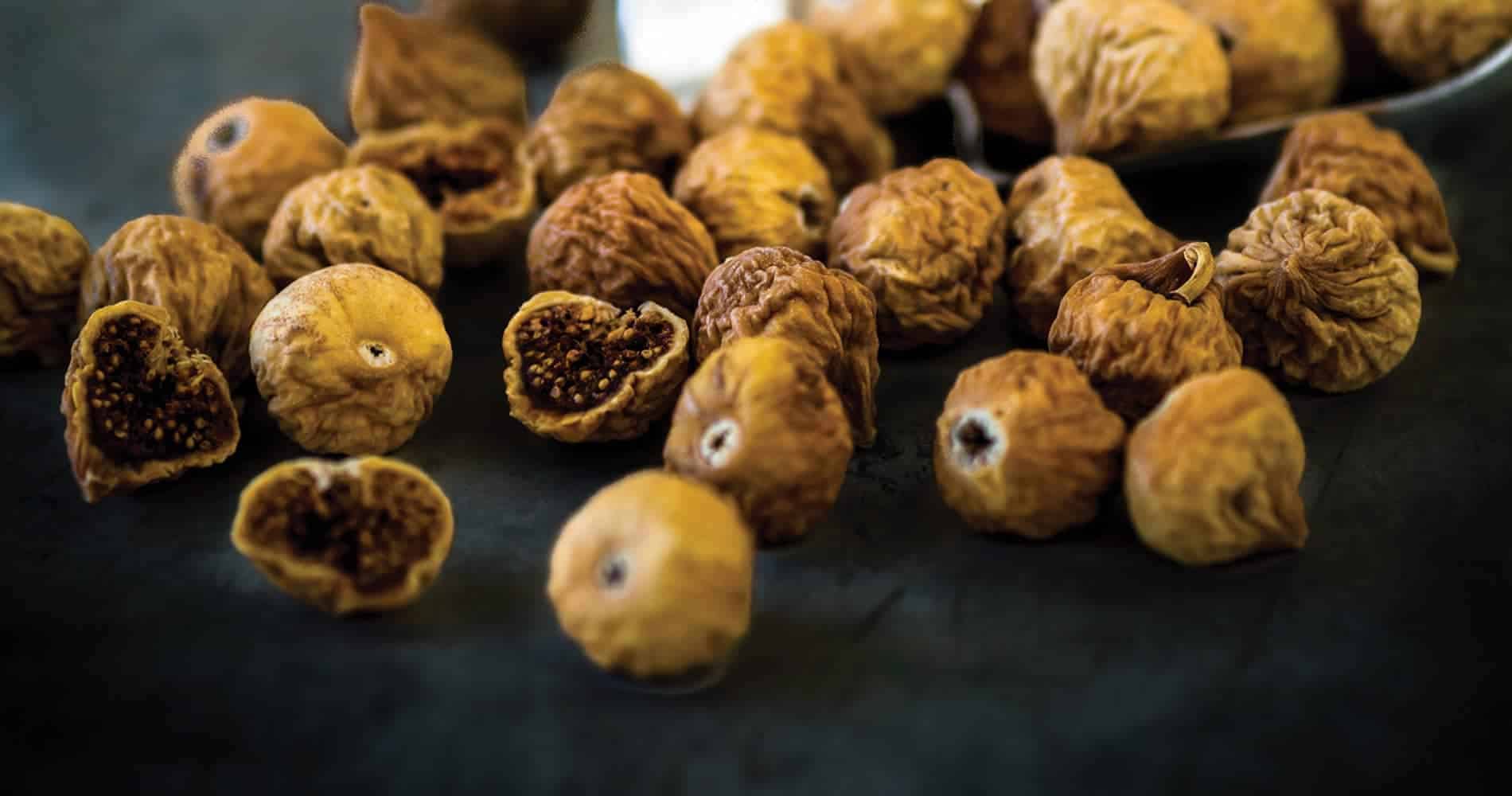Introduction
Rainfed agriculture, also known as dry farming, refers to agricultural practices that rely solely on natural rainfall without the use of irrigation systems. This traditional method is particularly significant in arid and semi-arid regions where water resources are scarce. Among the crops adapted to rainfed conditions, fig trees (Ficus carica) have demonstrated remarkable resilience. This article explores how rainfed cultivation affects the quality of dried figs and their broader environmental implications.
The Impact of Rainfed Cultivation on Dry Fig Quality
Rainfed (dryland) farming profoundly influences the physical, nutritional, and sensory qualities of dry figs. Here’s how:
1. Enhanced Flavor & Sweetness
Natural Stress Response: Limited water availability triggers fig trees to concentrate sugars (glucose, fructose) in their fruit as a survival mechanism. This results in richer, more complex flavors.
Higher Brix Levels: Rainfed figs often test 12–18% Brix (sugar content), compared to 8–12% in irrigated figs, making them sweeter and more desirable for gourmet markets
2. Nutrient-Dense Profile
Antioxidant Boost: Water stress increases the accumulation of polyphenols, flavonoids, and anthocyanins—compounds linked to heart health and anti-inflammatory benefits.
Mineral Retention: Slow growth under dry conditions allows figs to accumulate minerals like potassium, calcium, and magnesium at higher concentrations.
3. Improved Texture & Shelf Life
Thicker Skin: To conserve moisture, rainfed figs develop thicker, tougher skins. This adaptation reduces damage during drying and extends shelf life.
Lower Moisture Content: Sun-drying rainfed figs preserves their chewy texture without compromising quality, ideal for long-term storage.
4. Organic Market Appeal
Rainfed systems minimize synthetic inputs (fertilizers, pesticides), aligning with organic certification standards.
Certified organic dried figs command 20–25% higher prices in health-conscious markets like Europe and North America.
Environmental Benefits of Rainfed Fig Farming
Beyond superior fruit quality, rainfed cultivation supports ecological balance in critical ways:
1. Water Conservation
Zero Irrigation: Eliminates reliance on groundwater or river systems, preserving scarce water resources—especially vital in arid regions like the Mediterranean or Iran’s Fars Province.
Reduced Water Conflict: Mitigates competition between agriculture and urban/industrial water demands.
2. Soil Health & Erosion Control
Deep Root Systems: Fig trees grown without irrigation develop extensive roots that stabilize soil, preventing erosion in hilly or semi-arid landscapes.
Organic Matter Enrichment: Mulching with fallen leaves/figs boosts soil fertility and microbial activity over time.
3. Biodiversity Preservation
Habitat Creation: Fig orchards provide shelter and food for pollinators (bees, wasps) and birds, enhancing local ecosystems.
Chemical-Free Farming: Low pesticide use protects beneficial insects and soil organisms, promoting a balanced agroecosystem.
4. Climate Resilience
Carbon Sequestration: Mature fig trees absorb CO₂, offsetting greenhouse gas emissions. A single hectare of fig trees can sequester 3–5 tons of CO₂ annually.
Drought Adaptation: Rainfed practices encourage farmers to select native, drought-resistant varieties, fostering resilience to climate extremes.
5. Energy Efficiency
No pumps or irrigation infrastructure = zero fossil fuel consumption for water delivery.
Solar-powered drying techniques (e.g., solar dehydrators) further reduce the carbon footprint.
Impact on fig quality | Environmental benefit |
Enhance flavor & sweetness | Water conservation: irrigation, preserving groundwater |
Higher nutrient density: rich in antioxidants, fiber, and minerals | Soil health: Deep roots prevent erosion, and organic mulch enriches the soil |
Thicker skin& longer shelf-life: natural adaptation to drought | Biodiversity supports pollinators and soil organisms |
Natural market appeal: higher prices due to low chemical use | Climate resilience: Drought-tolerant trees sequester carbon and adapt to climate extremes |
Increasing natural sugar: causes to dense taste and higher natural sugar | Energy efficiency: no pumps or fossil irrigation |



 English
English
 العربية
العربية
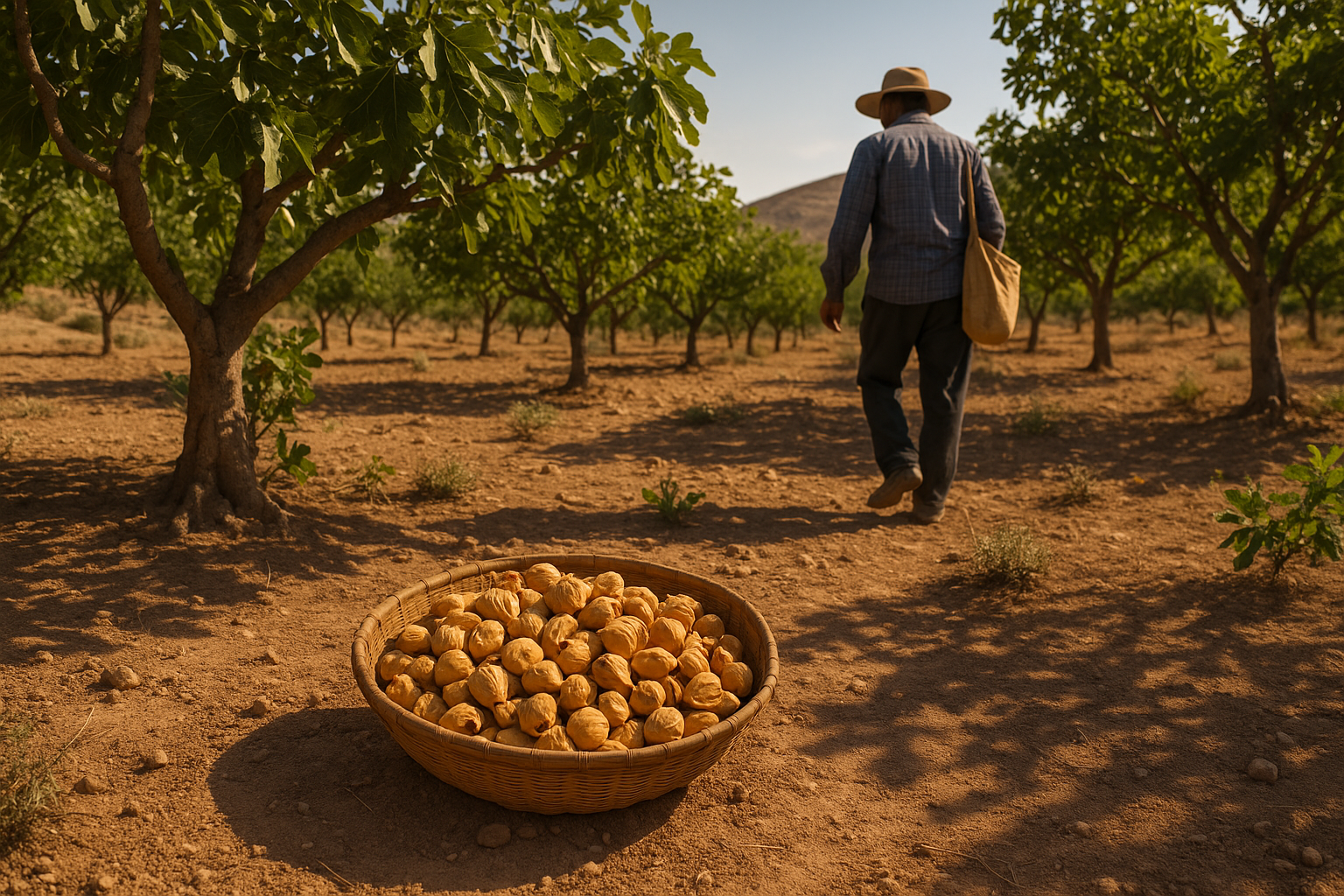
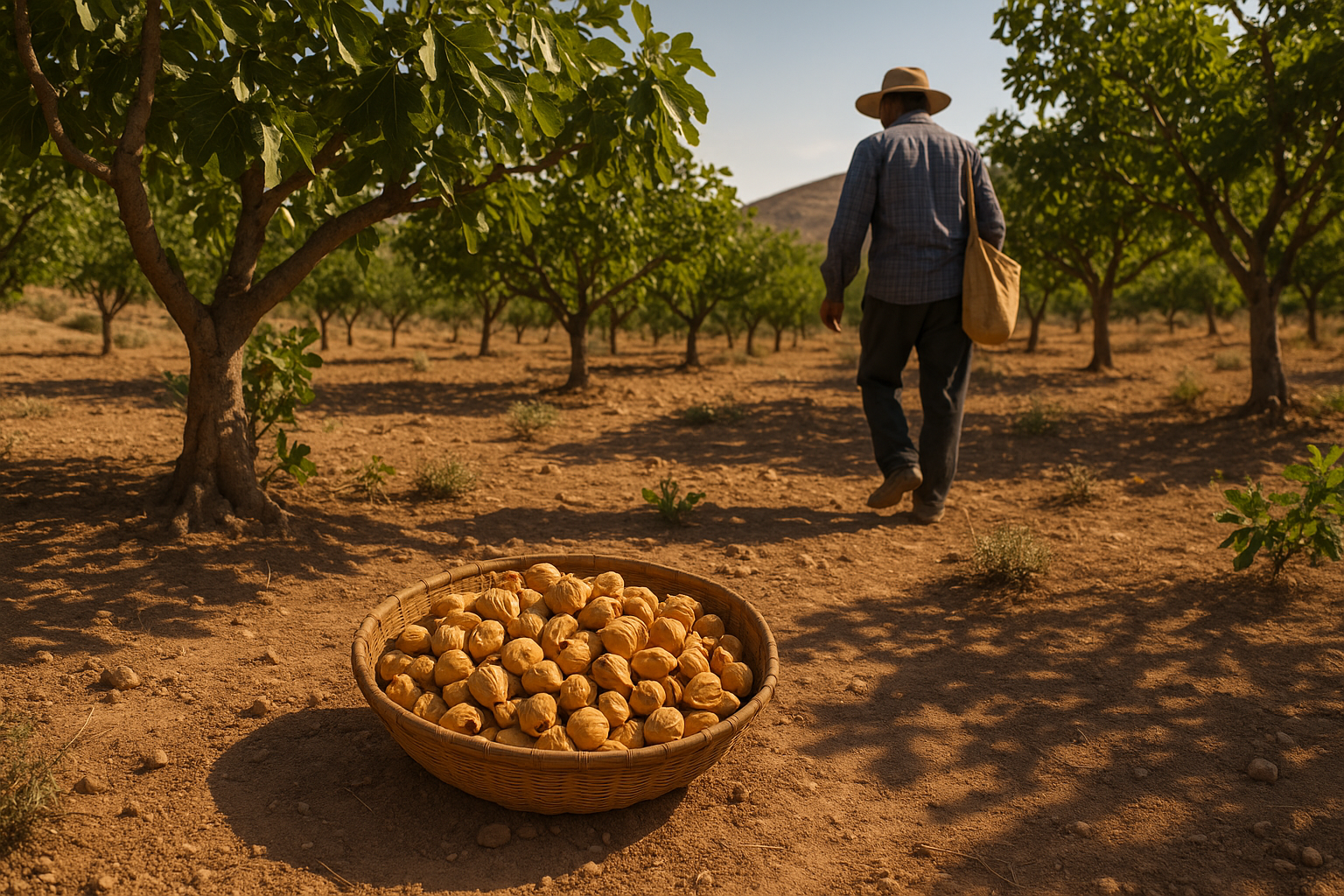

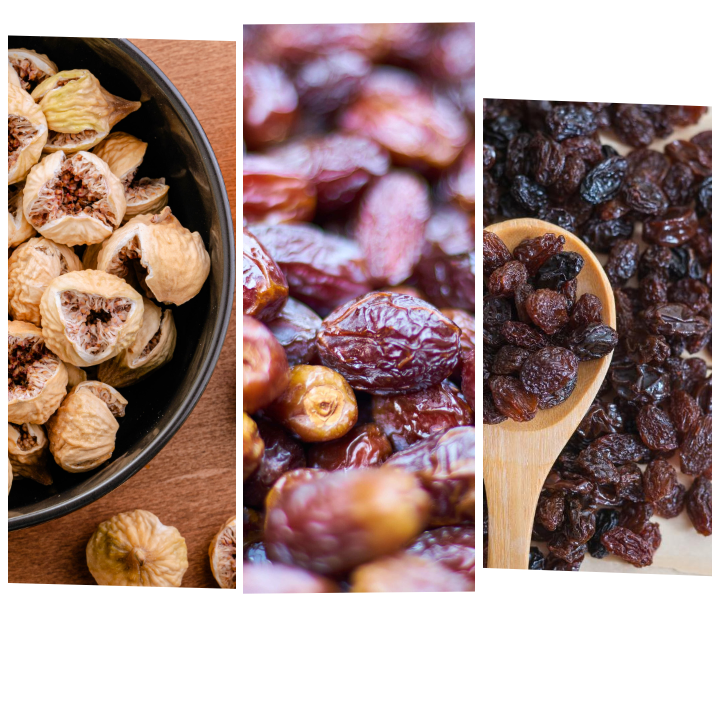



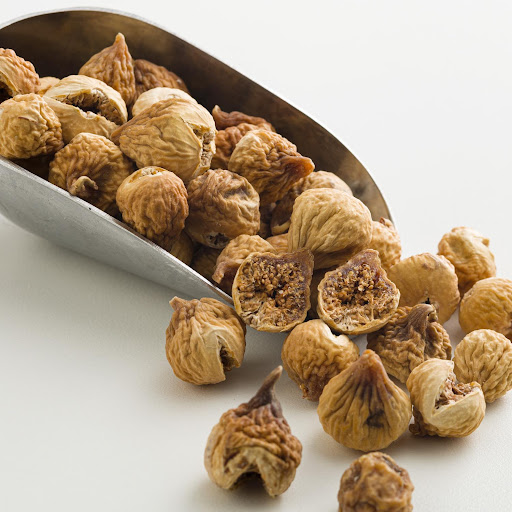
.png)
